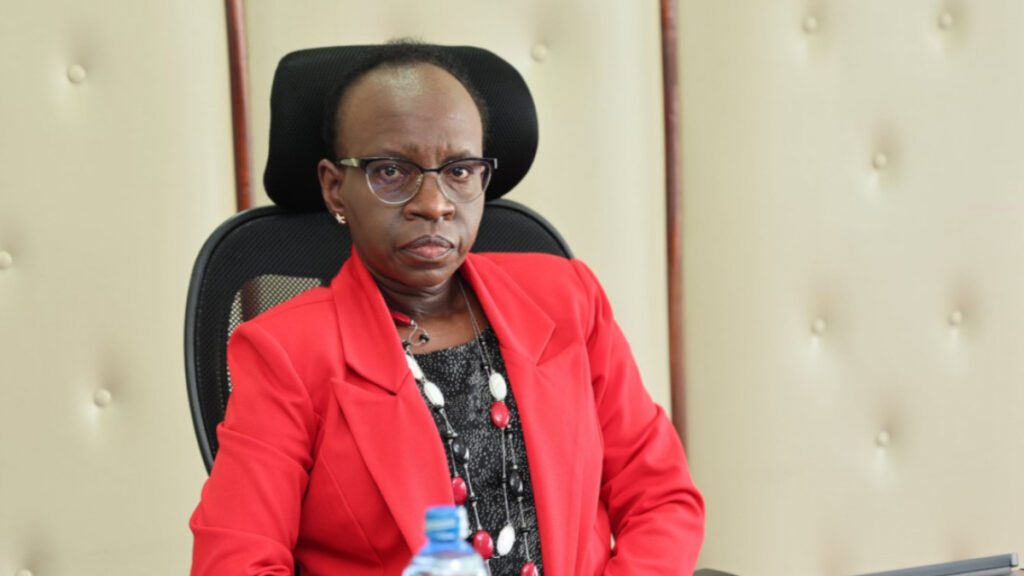Kenya’s new higher education funding model has been sharply criticised after a damning audit revealed widespread irregularities, poor coordination, and discrimination that have denied deserving students critical financial support.
The Auditor-General’s latest report, released this week, cites the failure to integrate the model with the Kenya Universities and Colleges Central Placement Service (KUCCPS) as one of the biggest shortcomings of the scheme.
“The model is not integrated with the KUCCPS system to ensure seamless tracking of students from placements in the universities, to funding,” the audit report reads.
As a result, some students received funding before being formally placed in universities, while others who were eligible missed out due to data duplication or lack of proper identification. Shockingly, others who had deferred, been expelled, or never reported to campus were still allocated funds.
Flawed Implementation and Unfair Distribution
Launched in 2023 under President William Ruto’s administration, the new funding model was touted as inclusive and needs-based, aiming to place students at the centre of education financing. It used a Means Testing Instrument (MTI) to classify students into five financial need bands and assign scholarships, loans, or household contributions accordingly.
However, the audit reveals that the actual MTIs used in the system differed from officially approved versions, leading to the misclassification of students and unfair distribution of resources.
“In the circumstances, students’ placements resulting from the use of the unapproved MTIs were inaccurate,” the report stated.
Exclusion of Vulnerable Groups
The audit also criticises the model’s lack of inclusivity and public awareness, especially in marginalised regions where information about the new system was either unclear or inaccessible. Many students in remote counties did not understand how to apply for support, effectively locking them out of the process.
“Vulnerable groups such as students living with disabilities and those from remote areas have faced difficulties accessing funds,” the Auditor-General noted.
The report adds that Muslim students have been affected by the lack of Sharia-compliant loan products, raising concerns about the model’s ability to serve all demographics equitably.
Sustainability at Risk
The audit warns that the long-term viability of the education funding system is under threat due to low loan repayment rates. A growing number of graduates face unemployment and underemployment, leaving them unable to service their student loans and threatening the sustainability of the revolving fund.
“Loan repayment burden due to high unemployment and underemployment rates is making it difficult for graduates to repay their loans, increasing default rates,” the report states.
Legal Setbacks
The funding plan is also facing legal challenges. In December 2024, the High Court ruled the new model unconstitutional, citing a lack of public participation and discriminatory practices in its design and rollout.
This has cast further doubt on the future of the programme, which was intended to overhaul the Higher Education Loans Board (HELB) system and ensure equity in public university and TVET financing.
With questions of accountability, transparency, and sustainability now looming large, pressure is mounting on the Ministry of Education and key stakeholders to urgently review and reform the model.


